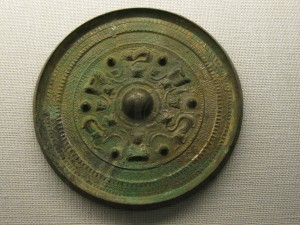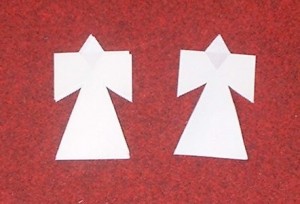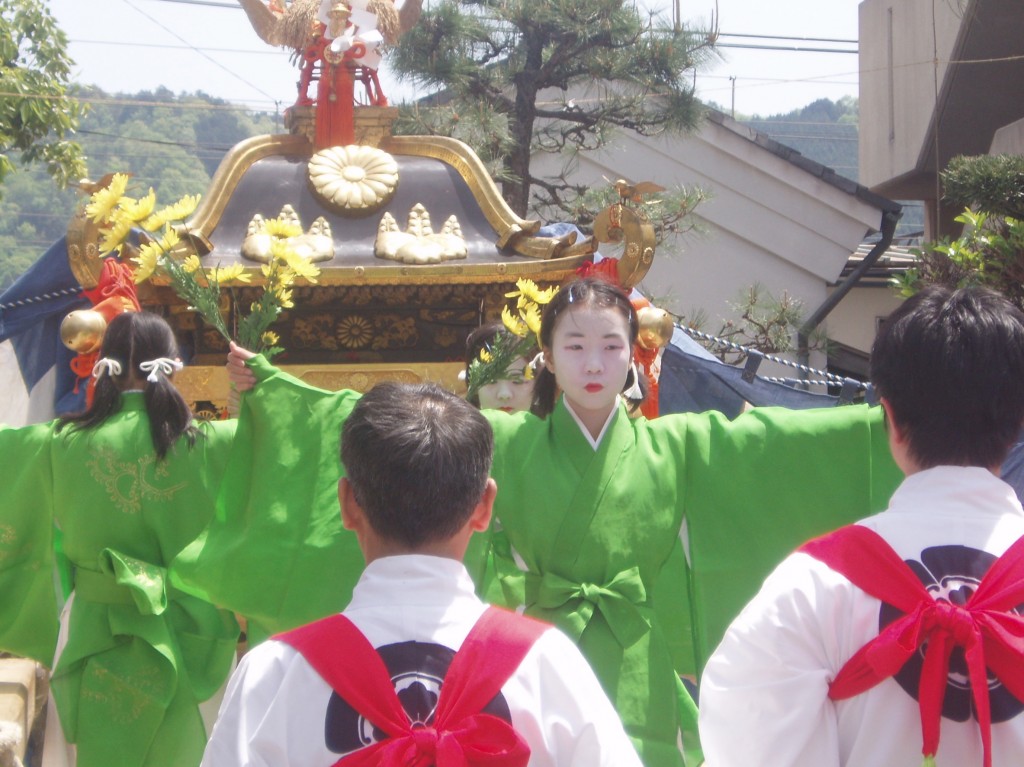An article in the Huffington Post today describes the practice of a Wiccan called Annie Finch. It’s of interest for the pagan commonality with Shinto. Both celebrate the blessings of nature in the seasonal round. Both share diversity in local practice. Both could be said to be ‘invented traditions’ in that they are modern constructions of supposed ancient traditions. Both use the outdoors to conduct nature-based rituals (shrine buildings were a later development in Shinto, and rituals in many cases remain open to the elements.)
Here then is a closer examination of what Wicca can actually mean in practice…
************************************************
Though there is rich and wildly diverse range of pagan practices across these and many other traditions, those of us who frequent the most well-known corner of paganism, the ancient-modern hybrid religion called Wicca, tend to share common beliefs and practices.
The small coven to which I belong gathers together to celebrate the eight annual holidays recognized by most Wiccans: spring and fall equinoxes, the summer and winter solstices, and the “cross-quarter” days in between (celebrated on Halloween, Groundhog day, May Day, and “Lammas,” Aug. 1). The three of us meet at one of our homes, and depending on the weather, we come prepared to spend at least part of the time outside.

Shinto too likes circles and reflecting
To make room for the sacred, we follow a ritual common to Wiccan covens. We may start by gathering strength and focus through visualization, perhaps imagining ourselves as trees connecting to earth and sky. When we’re ready, inside the house or outside in nature, we create a circle by inviting in the spirits of five directions: East, South, West, North and Center.
To make the circle, we may lay out a pattern on the ground with traditional tools such as a wand for the east, a knife for the south, a chalice for the west, and a pentacle for the north, or simply reminders of their associated elements: maybe a feather for air in the East, a candle for fire in the south, a shell for water in the west, a stone for earth in the north. The particular objects (and this may be one of the least commonly understood aspects of Wicca) don’t matter in themselves. It’s the thought that counts. We can also create the circle entirely from thoughts and words and songs.
In addition to the five directions (some Wiccans invite in four, without the center, or seven, including above and below), we may also invite other powers into the circle: animals, plants, spirits of the land, beloved ancestors, and goddesses and gods from any tradition. We do all this cooperatively, taking turns and volunteering as we feel inspired. Some Wiccans do follow hierarchies and designate particular witches as priestess and priest. But many, perhaps most, are, like ours, egalitarian and consensus-based.

Shinto practises 'magick' too - here the 'hitogata' paper is used to rub off 'kegare' pollution which is then discarded
When the sacred space is ready, we do our magick (I spell it the Wiccan way to distinguish it from commercial magic tricks). Magick is what I call the work that is play, and the play that is work. Our toys and tools are physical: movements, sound, musical instruments, fire, smoke, earth, seeds, food, water, heirlooms, souvenirs, feathers, bones, clothing — anything that can channel and amplify power and significance.
Each holiday in the Wiccan year has its own energy and meaning (for example, connecting with the spirits of the dead at Halloween, or sprouting new actions at spring equinox). Guided by our spontaneous intuitions, each of us might have brought along special objects, tools, foods or words for the celebration. Some are traditional: gourds at fall equinox, ancestral photos at Halloween, evergreens at winter solstice, eggs at spring equinox — but there’s also a lot of freedom for creativity and difference, as our lives change through the years. Sometimes we perform one of my poetic spells, such as this chant for Beltane (May Day), ending:
We are gorgeous today.
We’re alive for the May.
We’re alive for the May,
May is here. Come around!
Whatever our goal — healing, growth, spiritual power, sharing energy with people outside the circle, release of outgrown thoughts or habits — we find focus and strength for it through our ritual’s connection with the cycles of the earth, our own spirits and each other. When our work is done, we thank the spirits or deities in the circle, and thank and say goodbye to the five directions. We close with a beautiful song written by the well-known witch Starhawk and familiar to many Wiccans around the world: “merry meet, and merry part, and merry meet again.”
In addition to these rituals in my coven, I also belong to a monthly moon circle that does shamanic journeying and visualization. And I sometimes worship alone, by writing devotional poetry or simply letting myself feel a trance-like connection with the full or new moon, a river, a tree or a flower.
These are some of the most fulfilling ways that I worship (a word that has the root meaning, “to give worth to”) and celebrate (a word that has the root meaning, “to gather”). I hope that some of you — pagans, Wiccans, and others — will use the comment section to share and describe your own practices.
Meanwhile, for now, I’ll end with the traditional Wiccan closing:
Blessed be!

Costumed dance for the rites of May in Kyoto's Sakyo-ku

I’ve been looking for a way to combine Buddhism with my pagan/wiccan spirituality. Shinto is something I just found out about. It seems very specific to Japan though. I’d be curious to know how you got around that. Are there any books you could recommend?
Thanks!
Hello and thanks for your interest. I’d have thought Buddhism would make a good combination with wicca paganism since it worked closely together with nature religions across S.E. Asia. As for Shinto being a purely Japanese religion, there are certainly those who put forward that viewpoint and who see it as being inseparable from Japanese culture as a whole. On the other hand, there are others who see it as applicable to non-Japanese, and on this site in the International category you can find examples of non-Japanese priests. Like every religion, Shinto is open to different ways of interpretation, and there is no dogmatic reason why it should not spread beyond its homeland.